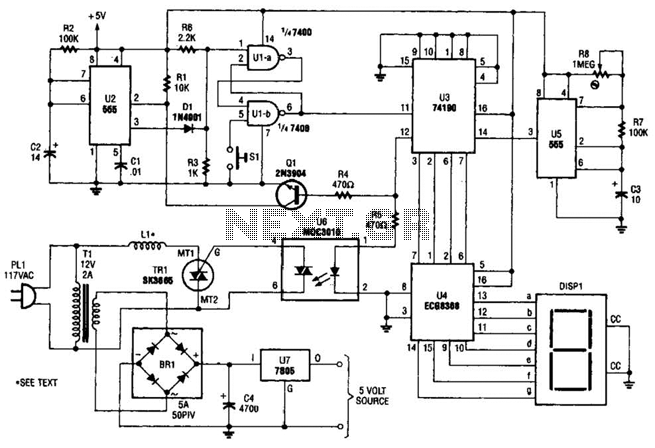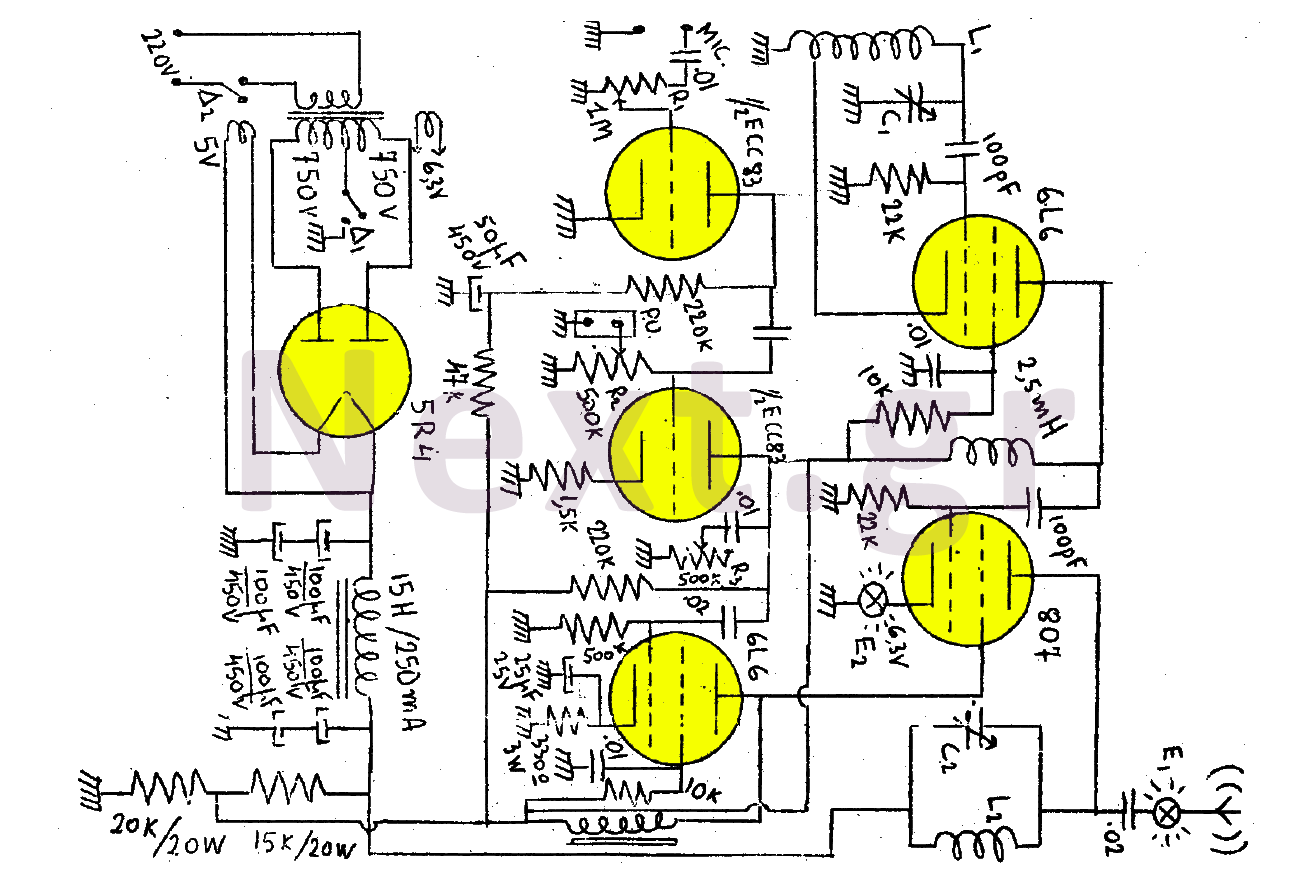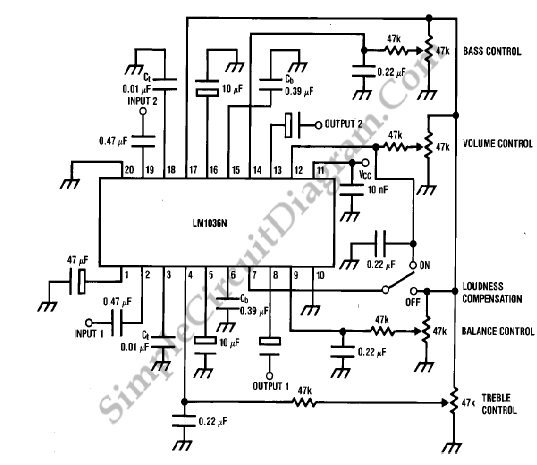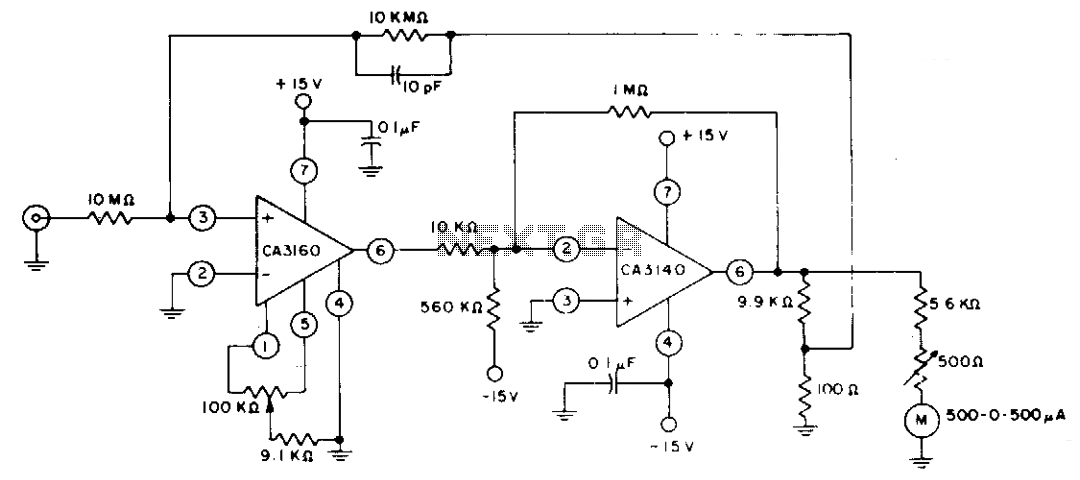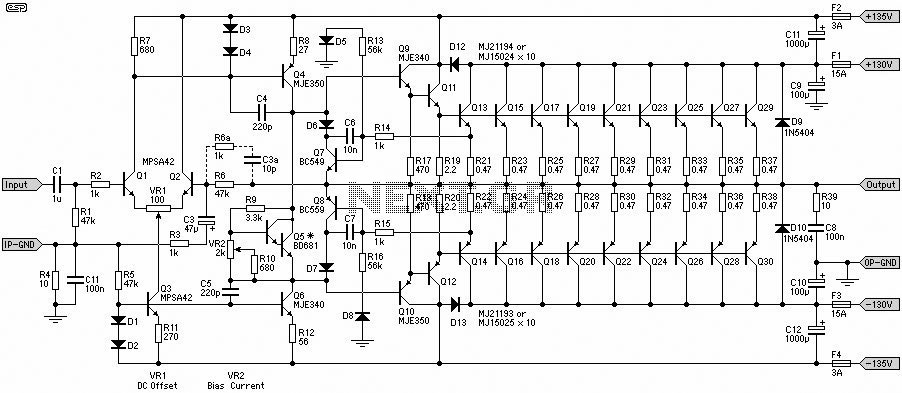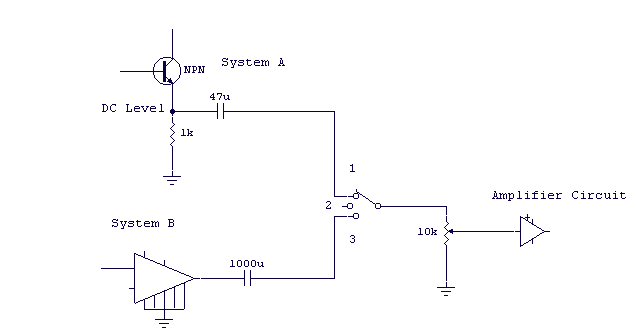
automatic laser poweroff circuit

Here is the automatic laser power-off circuit schematic. This circuit features a visible power indication. In this case, the ground is connected on one side.
The automatic laser power-off circuit is designed to enhance safety and efficiency in laser applications by ensuring that the laser system can be deactivated automatically under certain conditions. The circuit typically includes a power supply, control logic, and a visual indicator, such as an LED, to signal the operational status of the laser.
The schematic includes a power source connected to a control unit that monitors specific parameters, such as temperature or beam alignment. When the system detects an anomaly, the control unit sends a signal to a relay or transistor that interrupts the power supply to the laser, effectively shutting it down.
The visible power indication is provided by an LED that illuminates when the circuit is active, indicating that the laser is powered on and operational. Conversely, when the laser is turned off, the LED will extinguish, providing a clear visual cue that the system is in a safe state.
Ground connections are critical in this circuit to ensure stability and prevent noise interference. The schematic should clearly mark the ground reference points, which are essential for proper circuit operation. The design may also include additional components such as resistors and capacitors for filtering and stability, as well as protection diodes to safeguard against voltage spikes.
In summary, this automatic laser power-off circuit schematic is an essential tool for maintaining safety in laser operations, providing both automatic shutdown capabilities and clear visual indicators for user awareness.Here`s the Automatic Laser poweroff circuit schematic. This circuit provides a visible power indication. In this case, Ground is waiting on one side.. 🔗 External reference
The automatic laser power-off circuit is designed to enhance safety and efficiency in laser applications by ensuring that the laser system can be deactivated automatically under certain conditions. The circuit typically includes a power supply, control logic, and a visual indicator, such as an LED, to signal the operational status of the laser.
The schematic includes a power source connected to a control unit that monitors specific parameters, such as temperature or beam alignment. When the system detects an anomaly, the control unit sends a signal to a relay or transistor that interrupts the power supply to the laser, effectively shutting it down.
The visible power indication is provided by an LED that illuminates when the circuit is active, indicating that the laser is powered on and operational. Conversely, when the laser is turned off, the LED will extinguish, providing a clear visual cue that the system is in a safe state.
Ground connections are critical in this circuit to ensure stability and prevent noise interference. The schematic should clearly mark the ground reference points, which are essential for proper circuit operation. The design may also include additional components such as resistors and capacitors for filtering and stability, as well as protection diodes to safeguard against voltage spikes.
In summary, this automatic laser power-off circuit schematic is an essential tool for maintaining safety in laser operations, providing both automatic shutdown capabilities and clear visual indicators for user awareness.Here`s the Automatic Laser poweroff circuit schematic. This circuit provides a visible power indication. In this case, Ground is waiting on one side.. 🔗 External reference
